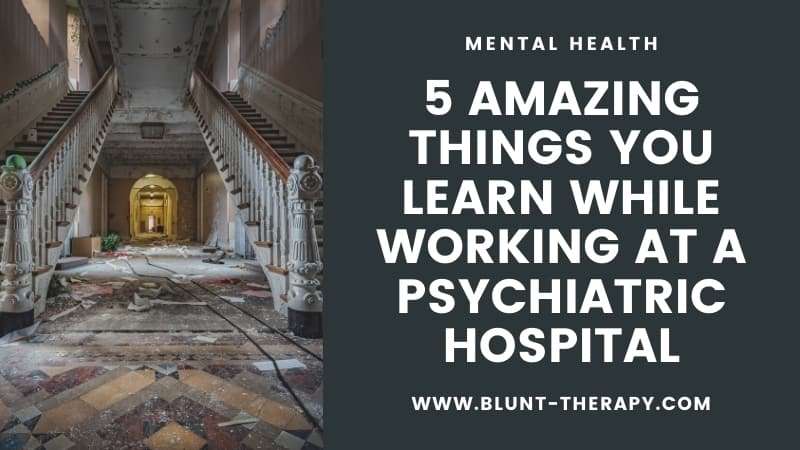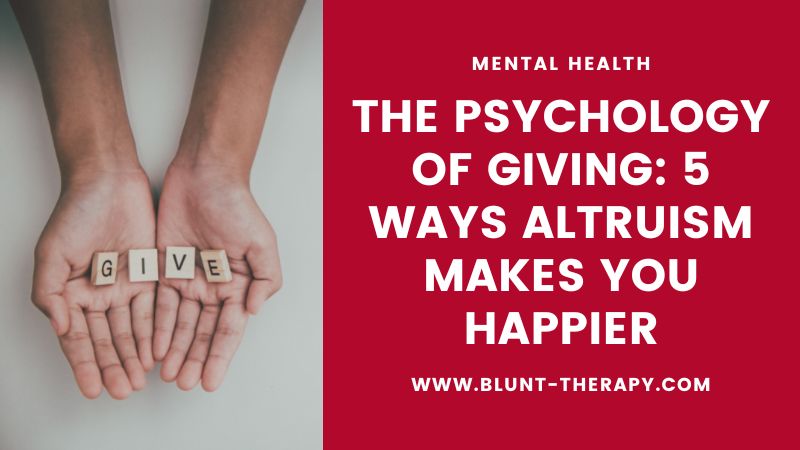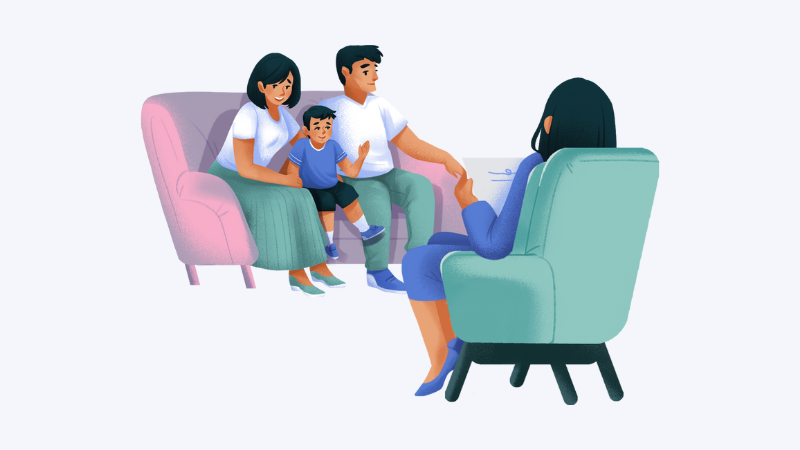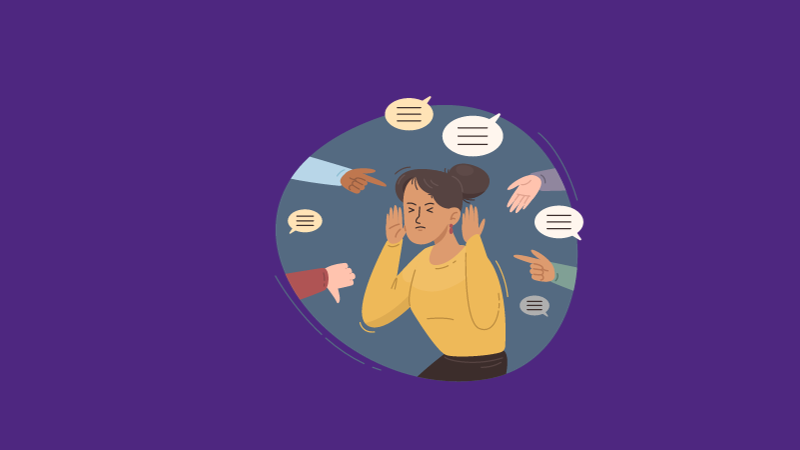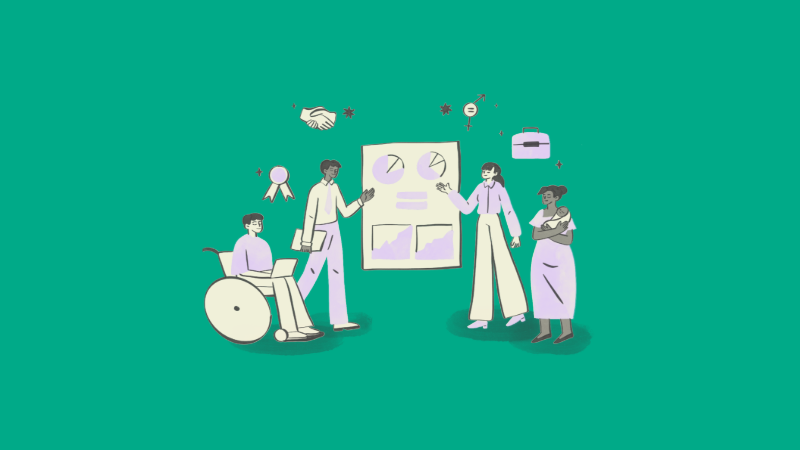Table of Contents
Affiliate link notice: As an affiliate of BetterHelp and other third-party vendors, We will receive compensation if you make a purchase using the links provided on this page. For more information, visit our disclosure page.
Last Updated on May 12, 2023 by Randy Withers, LCMHC
If you were to describe what living through the COVID-19 pandemic has been like, most would agree it’s been isolating, emotionally draining, and mentally taxing. The COVID-19 pandemic drastically changed the way we interact with others and our daily lives. Data published by the US Bureau of Labor Statistics highlights these significant changes:
- Those working from home nearly doubled in 2020 to 42%
- The amount of time spent at home increased from eight hours per day in 2019 to over 10 hours in 2020
- Those 15 and older spent more time alone during waking hours, going from 6.1 hours in 2019 to 7 hours per day in 2020

These three data points give us an idea of how much COVID changed our daily lives; spending more time indoors, at home, and isolated from others. Thus, adding to the already existing mental health crisis.
An August 2020 CDC study involving over 5,000 participants found 40.9% of participants to have adverse pandemic-related mental or behavioral health conditions. 30.9% of those involved reported symptoms of anxiety and depressive disorder.
While COVID-19 hit our mental health hard, it also changed our approach to health and wellness. Now more than ever, we’re turning to home-based health and wellness such as:
● Telemedicine
● Online fitness
● And holistic health hacks.
While this approach has been for the best, it has not come without flaws. By spending more time indoors, we miss out on a health necessity: sunlight.
Did you know, before COVID, humans spent 90% of their lives indoors? And since the pandemic began, that number has only gone up as our time at home increases.
Sun exposure is vital to our wellbeing, especially when it comes to mental health. Sunlight gives us the needed vitamins and hormones to lead physically, emotionally, and mentally healthy lives. But getting access to sunlight in the COVID era has become more complex, especially in winter months when daylight is limited.
One proven solution to revitalizing our mental health and supplementing for lack of sunlight is bright light therapy. In this article, we’ll discuss what light therapy is, how it works, and how it can be a source of relief for COVID mental health struggles.
What is bright light therapy?
Bright light therapy (also called light exposure therapy and sunlight therapy) is a holistic health approach that involves sitting in front of an artificial light source designed to mimic sunlight.
These bright light therapy lamps are designed to emit a substantial amount of light at 10,000 LUX. LUX is the amount of light that hits an object. 10,000 LUX is the maximum amount our bodies can benefit from. Anything over does not provide additional benefits.
How Does Bright Light Therapy Work?
Users sit in front of these therapy lamps for 20-30 minutes each morning to mimic the rising sun. This tricks the body into producing two essential hormones: melatonin and serotonin. Both are essential to mental health as they aid in our sleep-wake cycle, energy levels, and ability to regulate emotions.
Serotonin, known as the “feel-good” hormone, is responsible for many vital body functions involving mental, emotional, and physical wellbeing. Having healthy serotonin levels helps your body:
● Regulate emotions and mood
● Control digestion function
● Remove poor or unfriendly foods and substances
● Fall asleep and wake up
● Heal wounds
● And effectively remember things.
Having a serotonin deficiency can create a series of mental, emotional, and physical problems.
Melatonin, which comes from serotonin, is the core hormone that regulates the body’s sleep-wake cycle (also known as circadian rhythm). When exposed to darkness, the body produces melatonin to prepare for sleep.
Morning sunlight exposure causes the body to produce melatonin sooner, allowing you to fall asleep easily at night. Consistent daily sun exposure is vital for synchronized melatonin production and a healthy sleep-wake cycle.
What Does Bright Light Therapy Treat?
Bright light therapy offers a proven safe, effective, and holistic treatment for various mood and sleep disorders. This treatment tricks the body into producing those essential hormones mentioned earlier. And because they’re so vital in many bodily functions, light therapy treatment helps with various ailments, including:
- Seasonal affective disorder
- Sleep disorders
- Acute depression
- Anxiety
Below, we’ll cover the multiple conditions therapy lamps treat, backed with studies and results.
Seasonal Affective Disorder
At its core, Seasonal Affective Disorder (SAD) is caused by a lack of sunlight. During the 2020-2021 winter, people experienced Seasonal Affective Disorder more frequently and more intensely. Social and indoor isolation manifested into a more intense form of the winter blues.
A lack of sun exposure can lead you to experience low energy, difficulties sleeping or oversleeping, feelings of hopelessness, inability to concentrate, and weight gain. Artificial sunlight offers a gateway to getting the much-needed sun exposure when you can’t get outside.
Light therapy treatment initially gained traction in 1984 when Norman Rosenthal first termed “seasonal affective disorder,” citing the use of a specialized light box for seasonal affective disorder.
Since then, there have been numerous studies backing his findings. A meta-analysis involving over five years of research and 332 patients found 2,500 LUX light exposure for a minimum of 2 hours each day for one week to reduce SAD symptoms. It also found light therapy for SAD disorder to be most effective when administered early in the morning.
Non-Seasonal Depression
The CDC reported an influx of those experiencing depressive symptoms correlated with the pandemic, spiking substantially during April/June of 2020 compared to 2019. Those experiencing depression typically experience:
● Sadness or hopelessness
● A lack of interest in previously enjoyed activities
● Difficulties sleeping
● A lack of energy
● Problems thinking or concentrating
● Memory challenges
● And weight gain or loss.
This type of depression differs from SAD as seasonal changes are not the sole cause. Depression can be caused by chemical imbalances in the brain, stressful life events (such as a global pandemic), and environmental factors.
Treatments such as cognitive behavioral therapy and anti-depressant medications are usually a line of treatment. However, light therapy has proven to be a potential alternative or method to be used in unison.
A 2005 meta-study reviewed various studies on light box therapy for depression. The review found bright light therapy for depression to be more efficient than anti-depressants, getting the same results in as little as one week compared to 4-16 weeks.
Sleep Disorders
Stress, anxiety, and sun deprivation are a recipe for sleep disorder development. Thus, making the COVID era a playground for sleep disturbances. This is where light therapy for sleep disorders can help.
Sleep disorders such as insomnia and circadian rhythm sleep disorder are typically a result of an abnormal sleep-wake cycle. When it comes to sleep disorders, lighting can play a significant effect. Your sleep-wake cycle relies heavily on a consistent exposure to sunlight at the same time each day. A lack of or inconsistent sun exposure can throw off your body’s natural sleep-wake cycle.
By sitting in front of a therapy lamp each morning at the same time, you’re able to help your body regulate its circadian rhythm. A systematic review and meta-analysis with 53 studies and 1,154 participants concluded light therapy to be an effective treatment for a variety of sleep problems, including:
● General sleep problems
● Circadian rhythm sleep disorders
● Insomnia
● And Alzheimer’s related sleep problems
It’s important to note that while bright light therapy for sleep disorders can be effective, it can also hurt your sleep-wake cycle. Using artificial light therapy too late in the day can cause you to feel energetic when it comes time to sleep.
Anxiety
The pandemic has been a formula for anxiety, sourcing from fear and stress. Light therapy for anxiety offers relief with the secret lying within two key components: melatonin and emotion regulation.
Melatonin pills are regularly given to those suffering from anxiety as it helps calm feelings associated with being anxious. When exposed to natural sunlight or a light therapy lamp, your body naturally produces serotonin which eventually converts to melatonin. In addition to the calming effect, melatonin also helps us sleep, which helps relieve anxiety.
Light therapy also aids in emotion regulation. When exposed to morning bright light treatment, your brain’s ability to communicate between various regions is enhanced. Specifically, the areas associated with emotional regulation, fear response, and stress/anxiety. One study with 30 participants found those exposed to morning sun lamp treatment to have better control over their brain’s fear center.
Kicking the COVID Mental Blues with Light Therapy
There was no possible way we could’ve prepared for the mental effects COVID would have. The idea of death is enough to send anyone into an emotional spiral, let alone slowly and painfully dying at the hands of a virus.
And if that’s not enough, the life-changing effects of being forced inside and canceling a year’s worth of events could send anyone into a depression.
On a positive note, the pandemic could not have come at a better time in our history. Technological advances and the internet offer us an escape and way to combat the mental taxes of COVID. As I write this, I sit in front of my own light therapy lamp. I’ve been using morning light therapy since this all started. I didn’t fully understand its potential benefits until COVID locked me inside.
The simple act of sitting in front of a light for 30 minutes to relieve mental distress amazes me. Combine that with a healthy diet, good sleep habits, and exercise, and I’m more than confident I can get through this. You can get through this.
What are some habits and methods you’ve adopted to stay mentally strong through the pandemic? Leave a comment below and let us know.



